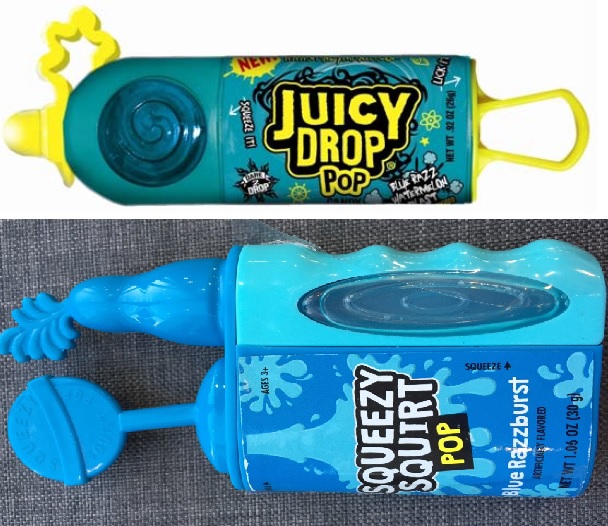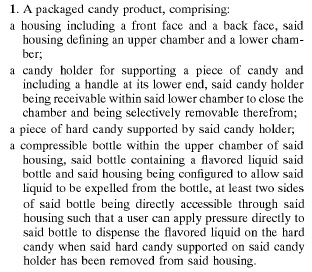In Nextstep, Inc., v. Comcast Cable Communications, LLC, [2022-1815, 2022-2005, 2022-2113](October 24, 2024), the Federal Circuit affirmed the construction of the claim term VoIP, and the district’s court’s grant of judgment as a matter of law that there was no infringement under the doctrine of equivalents.
The appeal involved U.S. Patent No. 8,280,009 directed to a “digital butler” that controls consumer electronics based on audio data, which the jury found was not literally infringed, but was infringed under the doctrine of equivalents. However, the district court set aside the jury verdict and granted judgment of non-infringement as a matter of law, finding the evidentiary record inadequate to support infringement under the doctrine of equivalents. The district court primarily reasoned that the testimony of NexStep’s expert, Dr. Ted Selker, was too conclusory to sustain the verdict. Describing portions of Dr. Selker’s testimony as “word salad,” the district court concluded that Dr. Selker’s testimony lacked the specificity and analysis required by Federal Circuit precedent. Among other things, the district court concluded that Dr. Selker failed to identify specific components in the accused products and failed to offer a reasoned basis for concluding that those specific components were equivalent to the relevant claim limitations.
At trial, the parties’ dispute focused heavily on the “single action” limitation in the claims. Comcast argued that the multiple actions—the several user button presses— required as a predicate to using any of the three troubleshooting tools meant that the My Account App did not infringe. NexStep focused its infringement theory on the view that a series of steps, when taken together, can be appropriately described as a single action. The jury returned a verdict of no literal infringement, rejecting NexStep’s view that the series of user steps needed for each of the accused tools amounted to “a single action”) but found infringement under the doctrine of equivalents.
The Federal Circuit noted that patentees typically seek to prove infringement under the doctrine of equivalents in one of two ways. One way, often referred to as the function-way-result test, asks “whether the accused product performs ‘substantially the same function in substantially the same way to obtain the same result.’” The other way asks whether “differences between the claimed invention and the accused device or process are ‘insubstantial.’” However the test is phrased, courts must employ “special vigilance” to avoid overbroad applications of the doctrine of equivalents, because when applied to broadly, the
doctrine of equivalents conflicts with the definitional and public-notice functions of the statutory claiming requirement. Thus, the Federal Circuit has imposed specific evidentiary requirements necessary to prove infringement under the doctrine of equivalents: First, proof under the doctrine of equivalents must be on a limitation-by-limitation basis. Second, the evidence of equivalents must be from the perspective of someone skilled in the art, for example through testimony of experts or others versed in the technology; by documents, including texts and treatises; and, of course, by the disclosures of the prior art. Third, specificity and completeness of proof is crucial, there must be particularized testimony and linking argument as to the insubstantiality of the differences between the claimed invention and the accused device.
After quoting a little more than a page of testimony, which it said was the only testimony it was aware of in which NexStep asserted infringement under the doctrine of equivalents, the Federal Circuit said that NexStep had to prove—with particularized testimony and linking argument—that the elements of the accused arrangement were substantially the same as the elements of the claimed arrangement. The Federal Circuit noted that Dr. Selker’s testimony never identified a particular element or elements in the My Account App as being equivalent to the “single action” limitation. The Federal Circuit concluded that Dr. Selker’s testimony simply does
not include a particularized identification of what elements in the accused device are equivalent to the claimed limitation. The Federal Circuit said that the failure to explicitly identify the alleged equivalent is fatal to NexStep’s doctrine of equivalents theory.


